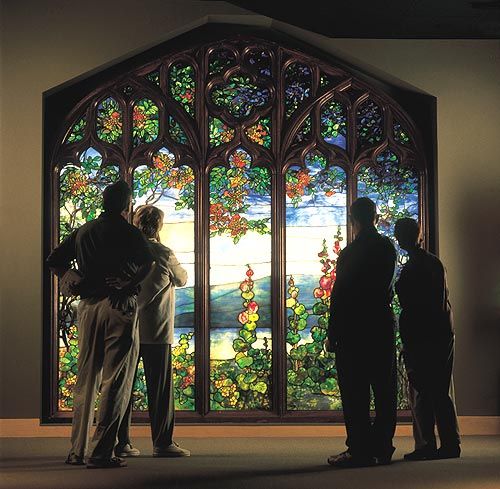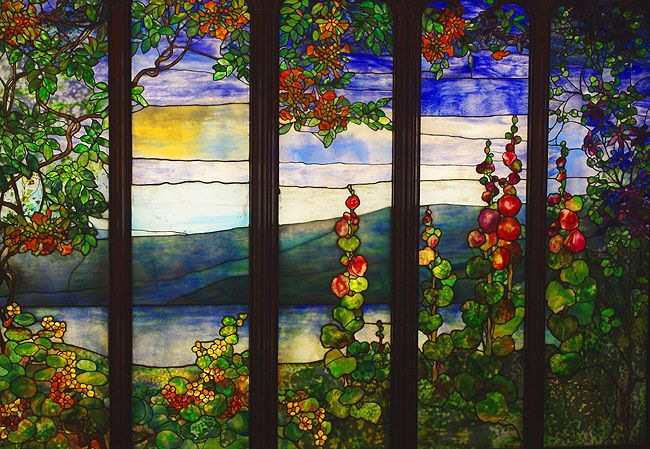Urban Shocker
Doyenne
The former, I suspect. Torontonians had been installing locally produced stained glass, and imported European glass, in our churches for decades before Tiffany came along in the 1880s. The chancel windows at St. James, for instance, were installed by the Franz Mayer Company of Munich over the period between 1882-1893.
Here's ROM curator Corey Keeble on the subject:
"The development of nineteenth century stained glass
in Toronto took place in the context of the Gothic Revival
in architecture. Rudimentary efforts had been made in the
1830s and 1840s, but assumed greater maturity with the
efforts of Joseph McCausland in the 1850s. The
McCausland studio not only pursued its own course of
evolution, but provided the training ground for
generations of artists and craft specialists who began to set
up their own studios. Among them was Napoleon
Theodore Lyon who was associated with Joseph
McCausland as early as 1868, and who had set up his own
independent stained glass design studio in the 1880s.
N. T. Lyon’s studio flourished until the end of the 1920s,
and succumbed to the tribulations of the Great
Depression of the 1930s. At the end, the Lyon studio was
absorbed back into the McCausland firm, in this case the
firm of Robert McCausland Ltd, which owed its name to
Joseph McCausland’s son Robert, one of the greatest
pioneers and practitioners of the art of stained glass in
Canadian history."
( quoted from this website):
http://www.stbarnabas-toronto.com/pdf/StBarnabas_StainedGlass_KCoreyKeeble.pdf
http://www.stbarnabas-toronto.com/pages/stainedglass.html
Here's ROM curator Corey Keeble on the subject:
"The development of nineteenth century stained glass
in Toronto took place in the context of the Gothic Revival
in architecture. Rudimentary efforts had been made in the
1830s and 1840s, but assumed greater maturity with the
efforts of Joseph McCausland in the 1850s. The
McCausland studio not only pursued its own course of
evolution, but provided the training ground for
generations of artists and craft specialists who began to set
up their own studios. Among them was Napoleon
Theodore Lyon who was associated with Joseph
McCausland as early as 1868, and who had set up his own
independent stained glass design studio in the 1880s.
N. T. Lyon’s studio flourished until the end of the 1920s,
and succumbed to the tribulations of the Great
Depression of the 1930s. At the end, the Lyon studio was
absorbed back into the McCausland firm, in this case the
firm of Robert McCausland Ltd, which owed its name to
Joseph McCausland’s son Robert, one of the greatest
pioneers and practitioners of the art of stained glass in
Canadian history."
( quoted from this website):
http://www.stbarnabas-toronto.com/pdf/StBarnabas_StainedGlass_KCoreyKeeble.pdf
http://www.stbarnabas-toronto.com/pages/stainedglass.html






